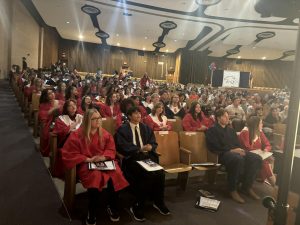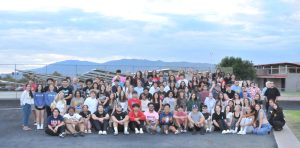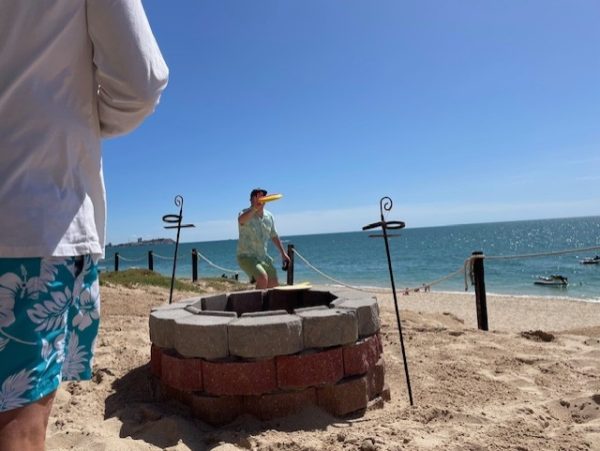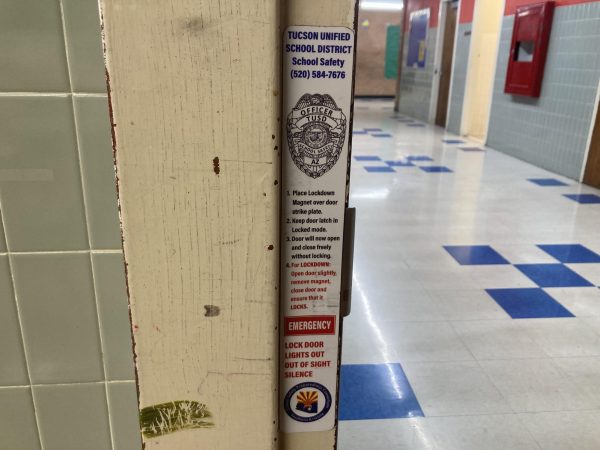Are Dinosaurs Making A Comeback?
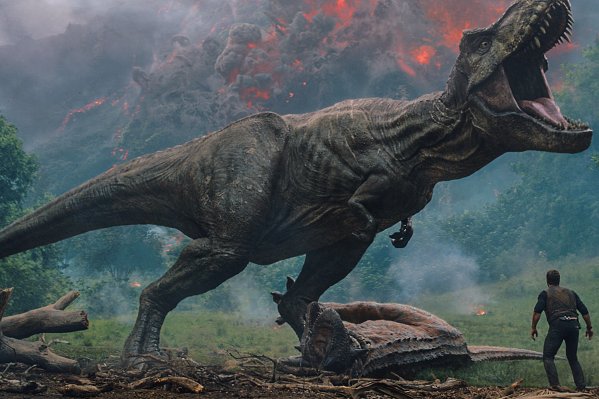
Photo Credit: Universal Pictures
https://www.google.com/url?sa=i&source=images&cd=&cad=rja&uact=8&ved=2ahUKEwifwvSMv_fmAhXOmq0KHeSVB9YQjhx6BAgBEAI&url=https%3A%2F%2Ftime.com%2F5313949%2Freal-dinosaurs-jurassic-world-fallen-kingdom-jurassic-park-fact-check-checking-history%2F&psig=AOvVaw0Z6cjf2fwOTfdAqc9G4JER&ust=1578692794711894
January 10, 2020
Everyone has heard about Jurassic Park, but could it become a reality? The idea of bringing back dinosaurs and other extinct species brings up mixed emotions. The de-extinction of prehistoric organisms could have detrimental ramifications but wondrous scientific advances.
How does de-extinction work? Well, it is quite a process and there are different ways to do it. Cloning is the most popular, as well as the most effective. Other less popular options include genome editing and selective breeding. The process of de-extinction cloning starts off with a tissue sample of the extinct species and an egg of a related species. Scientists take out the nucleus from the tissue samples and the nucleus of the related species and replace it with the tissue’s nucleus. Then it is implanted into the related species surrogate mother until it develops and is born. So far the only “successful” experiment was on July 30th, 2003 when the recently extinct Pyrenean Ibex was resurrected for 7 minutes before it died from a lung defect.
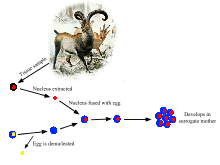
So could dinosaurs be resurrected? Well dinosaur DNA hasn’t been found as it can’t be preserved for millions and millions of years, although scientists continue looking. Although seen in Jurassic Park, you cannot get Dino DNA from mosquitoes cast in amber, for amber does not save soft tissues which are needed to resurrect any extinct species. This makes dinosaur resurrection highly unlikely, if not impossible.
Now, is it a good idea?
There are multiple takes on this topic. Some pros of de-extinction include new scientific breakthroughs, learning opportunities, potential benefits to the ecosystems and help endangered species. We could learn a lot about extinct species and maybe even help save our currently endangered species. Of course, there are cons. The price; animal cloning in general is extremely expensive and unrealistic for extensive application. New diseases could arise with the resurrection of the extinct species, most of which we might not be able to remedy. These animals became extinct, and probably for a reason. Some of these species could be harmful to the ecosystem and cause other species to go extinct.
Overall, this is an intriguing and debatable topic, it is only a matter of time before this door fully opens, and once it does it can’t be closed.

